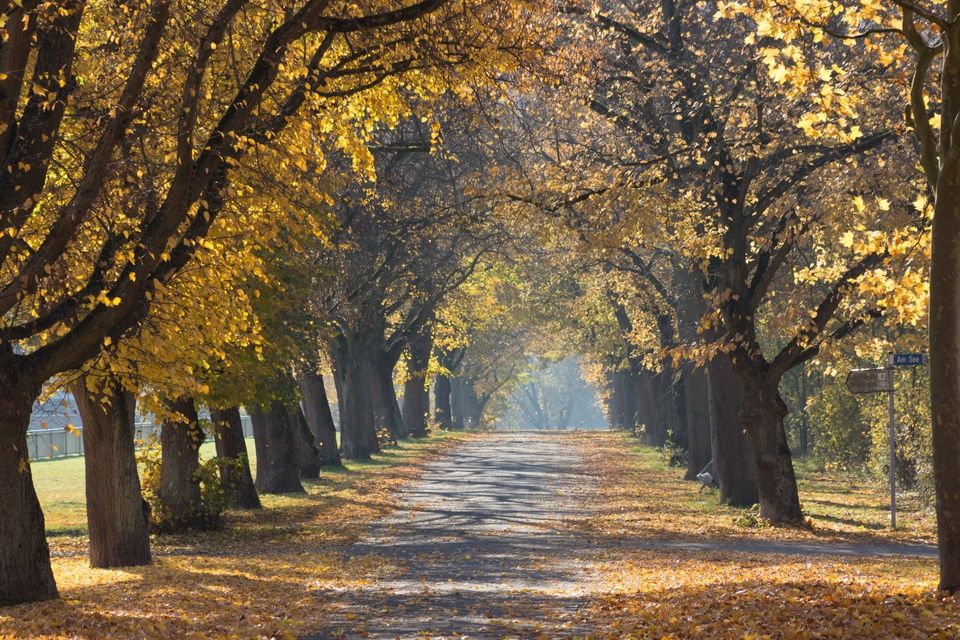Get Your Lawn and Garden Ready for Autumn
A Little Work Now Yields Great Results Year Round
Get Your Lawn and Garden Ready for Autumn
September 23 isn’t too far away now. Before we know it, we’ll be putting away the patio furniture and the shorts and tank-tops, and pulling out our fall-season apparel. As we get ourselves ready for the season change, there are some things we also need to do to make sure our lawn and gardens are ready for the climactic change as well.
Taking the time to care for your lawn now and into the fall will ensure you have a healthy lawn in the spring after the winter melts away. Fall’s warm, dry soil and more temperate conditions make it easier to tend to your lawn and garden. It will be far less of an effort now to turn dry soil than it will be in the spring when soil is muddy. The ideal time to begin your tasks in advance of winter is approximately six weeks before the first hard freeze.
Take advantage of these tips to get your lawn and garden in gear.
- Clean up old annuals that might be lingering in your flowerbeds. By cleaning up and removing dried stems and leaves, you will also destroy harmful insects and assist in the prevention of diseases that tend to spread during the spring.
- For your perennials, cut their stems to within an inch or two of the ground. Consider mulching around perennials to prevent winter injuries.
- The autumn is the perfect time to get your tulips, crocus, daffodils, and other bulbs planted in the ground. Be sure to check a zone chart to see when and what to plant in your region.
- Do not stop watering your lawn quite yet. When it starts to cool down, mow the lawn with the mower blade on its lowest setting so that the sun can reach the roots of the grass.
- Most residential grasses are categorized as either cool-season for northern climates, or warm-season. However, it is not impossible to have both types. If you’re not sure what to feed your grass, call in a local lawn and garden expert that can assess your lawn to ensure it is receiving the proper concoction of nutrients.
- Remember that the soil in your yard is a plant’s source of nutrients. The autumn provides an abundance of leaves that can help your soil. Raking and then shredding leaves and spreading them across your yard in a two to four-inch deep layer will create natural compost that ultimately enriches the soil throughout the winter. You can add grass clippings to the leaf mixture if desired.
- Get rid of those ugly dandelions, as well as any clover, crabgrass or other weeds. Apply a weed preventer in spray or granular form when the soil is moist, and the air temperature is moderate. Adding a layer of mulch to your plant beds will also help to keep weeds to a minimum.
- The early autumn period is an excellent time to clear your lawn of the various layers of plant debris. In turn, this will allow your lawn to get air by removing any excess natural debris that can reduce or hinder the flow of water and air. You may also wish to consider scheduling an aeration (or doing it yourself). This will allow water, oxygen, and fertilizer to get to the roots of your grass.
Take steps in the fall to prepare for the winter
Taking the time to prepare your lawn and garden during the fall will make your early winter months much easier. Not only that, but your yard will be better able to recover in the winter when it has been properly cleaned and insulated.
Critter Repellent All Natural Animal Repellent Blog














